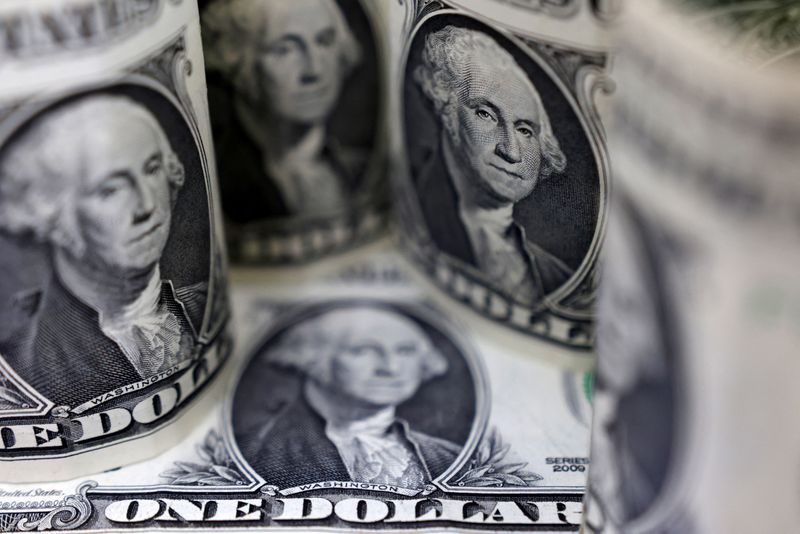Follow us on LinkedIn
Alpha is one of five popular technical investment risk ratios/investment strategies, others are beta, standard deviation, R-squared, and the Sharpe ratio.
Active portfolio managers believe adding Alpha to a portfolio can outperform the market and passive investing. They also believe it can reduce the risks and provide higher returns than a portfolio that only consists of beta risk.
This is because Alpha mostly represents high-performance or skill-based returns that are not simply a result of market exposure (beta).
What is Alpha?
Alpha (α) is a term used in investing to indicate the performance of an investment relative to a benchmark index.
A positive alpha means the investment has outperformed its benchmark, while a negative alpha indicates underperformance.
The purpose of alpha is to measure risk-adjusted return or the return that is not explained by movements in the market.
An alpha of one has a baseline value of zero, which means that the return on investment outperformed the market average by 1%. While a negative alpha would indicate that the investment underperformed the market.
For passive investors, the goal is to match the market average return. But for active investors, the goal is to generate alpha by finding investments that will outperform the market.
The challenge in finding these investments is that several factors can impact investment performance, making it difficult to isolate the effect of individual investments.
How to calculate alpha
The formula of alpha is derived from the Capital Asset Pricing Model (CAPM), which is a model used to calculate the expected return of an investment.
The formula for alpha is
Alpha = R – Rf – beta (Rm-Rf)
Where R represents the return on the investment, Rf is the risk-free rate, beta is a measure of volatility/portfolio risks, and Rm is the return on the market.
The risk-free rate is the theoretical return of an investment with no risk, in practice, there is no such thing as a completely risk-free investment. However, short-term government bonds are often used as a proxy for the risk-free rate.
How to use Alpha in investing
The alpha value is used to rank active mutual funds as well as other types of investments.
For example, let’s say there are two mutual funds with the same beta. The fund with the higher alpha is considered to be a better investment because it has generated more return per unit of risk.
Similarly, if two investments have the same return, the investment with the higher alpha is considered to be better because it has generated that return with less risk.
However, it’s important to remember that alpha is only one metric to consider when making investment decisions. In particular, alpha should not be used as the sole criterion for picking investments.
Individuals should consider several factors, including risk tolerance, investment objectives, and diversification to name a few.
Conclusion
In terms of investment, alpha is the excess return on an investment relative to the return of a benchmark index. It can help you to measure and compare the performance of different investments. But it’s important to remember that alpha is just one metric to consider when making investment decisions.
Further questions
What's your question? Ask it in the discussion forum
Have an answer to the questions below? Post it here or in the forum




